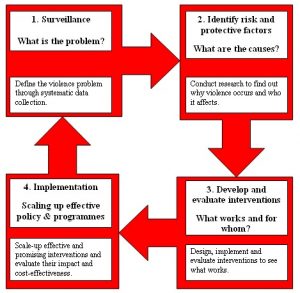
Rather than fighting about personal rights vs public health there is a Christian answer Jesus gives to his followers obviating this prominent protracted conflict about COVID-19 vaccination. Leave the willfully unvaccinated to their fate.
Although a little more than 50% of the adult population has voluntarily chosen to be vaccinated in most of the United States in contrast many Southern and Midwestern states have communities with rates as low at 10%. There is essentially universal concurrence among medical experts that vaccination will spare millions from death, prolonged illness, and disability with a very low risk of side effects.
Conservative political activists and politicians have redirected the discussion to one that focuses on the dangers of government mandates while ignoring the Constitutionally tested provision to promote the general welfare power of the government to mandate public health measures that are reasonable to protect the population. At this point I believe continued repetitive attempts to “enlighten” the immunization resistors will fail. The Center for Disease control had wanted to reach a 70% percent level of immunization to get to herd immunity which could reduce the epidemic to a rare occurrence.
Jesus in his ministry wanted his followers to make a conscious decision to follow him. Human beings are created by God with free will to sin or to love. To make right or wrong decisions for their own benefit. Being coerced into religion could not lead one to be truly faithful. Taking away that free will reduces one’s ability to willfully act justly. In the Gospel of Matthew he says if you are shunned by those who do not want you to visit or listen to you then you have no obligation to continue your effort to convince them. Instead you should “shake the dust of your feet” and move on. This is consistent with Christian morality.
I think this is the way we should deal with the anti-vaccination groups and individuals. If they become ill or die they will bear the burden of their actions. Those that believe in vaccination have the absolute right not to associate with them.






